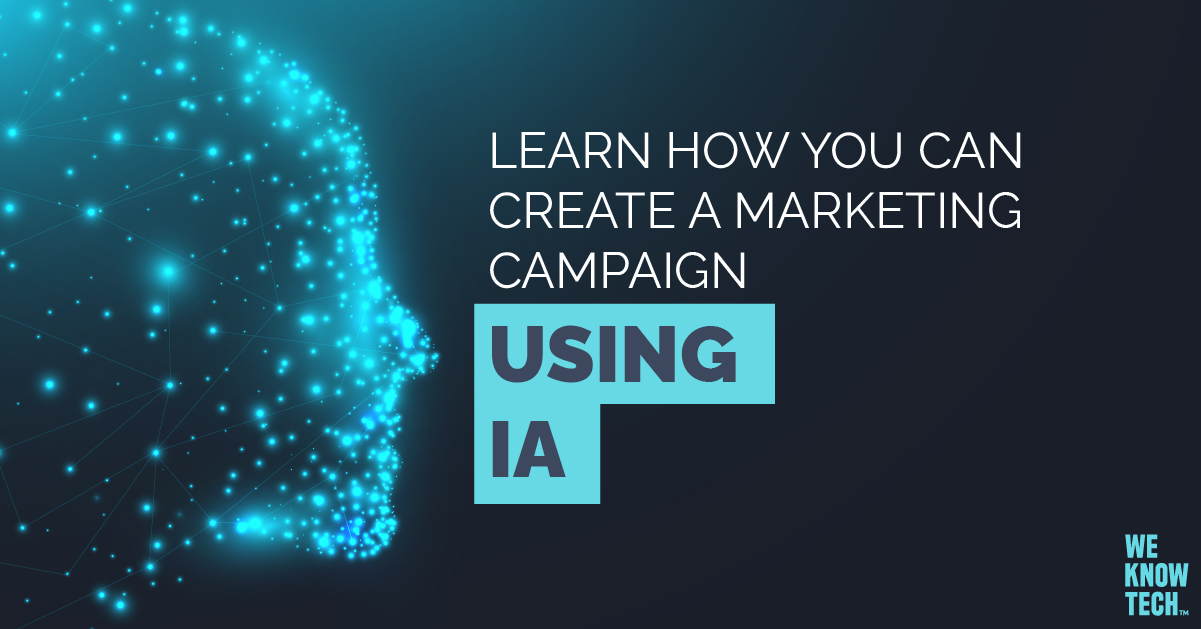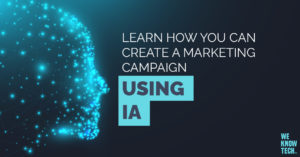-
 ISOURCE BLOG
ISOURCE BLOG
The evolution of content in the Customer Journey: From a linear funnel to a digital path
Compartir
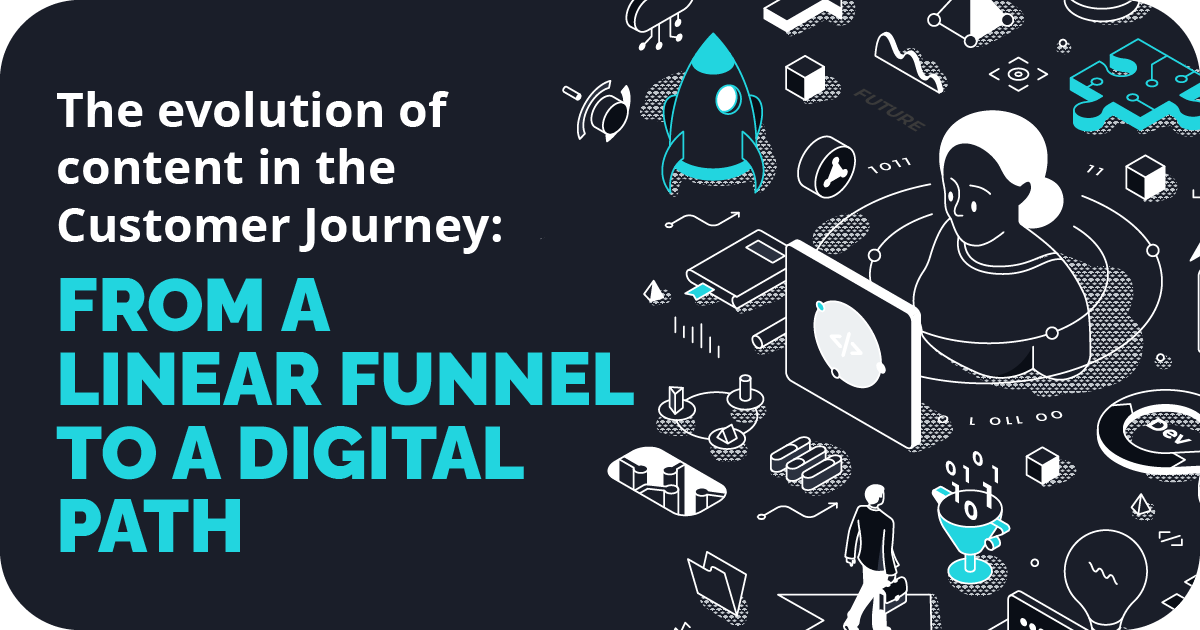
The Customer Journey has undergone a radical transformation in recent years. As emerging technologies redefine how businesses interact with their customers, the buying process has shifted from a linear path to a dynamic, digital, and multichannel experience.
In the past, decision-makers followed a predictable journey: they identified a need, researched options, and contacted sales. Today, the process is far more complex. CEOs, CTOs, and marketing teams gather information from multiple platforms before even considering a purchase. They engage with content on LinkedIn, attend webinars, explore short-form videos, and prioritize personalized experiences at every stage of their decision-making process.
In this article, we’ll explore how the customer journey has evolved, why these changes are critical for success, and what strategies businesses can implement to create high-impact content and convert high-value clients.
From a linear approach to a dynamic and personalized journey
Traditionally, the customer journey followed a structured sales funnel with three stages: Awareness, Consideration, and Decision. This model assumed that customers moved through each phase in an orderly manner. However, today’s consumers engage with multiple touchpoints before making a decision, requiring a more strategic content approach to attract and convert potential clients.
In the past, many businesses relied on mass content production, primarily through blogs, as their main lead generation channel. The belief was that publishing more content would increase the chances of capturing potential customers.
However, this approach had several flaws:
- Market saturation: With countless businesses creating similar content, standing out became increasingly difficult.
- Inconsistent quality: Prioritizing quantity over quality led to repetitive, superficial content.
- Lack of personalization: Generic content failed to address the specific needs of customers at different stages of their journey.
- Single-channel strategy: Blogs dominated content marketing, limiting outreach to more effective formats.
By relying solely on blogs and SEO, many companies struggled to capture the attention of decision-makers who preferred other content formats and platforms.
The Old Linear Model: High-Volume content and a single channel

Today: High-Quality content in a multichannel strategy

Now, the focus has shifted toward creating strategic and relevant content, prioritizing quality over quantity. The goal is no longer just to generate traffic but to educate, provide value, and guide customers throughout their buying process.
Successful companies follow three key principles:
- Relevance and value: Content must align with customer needs at every stage of the Customer Journey.
- Personalization: By leveraging analytics and Artificial Intelligence, businesses can create highly tailored experiences.
- Multichannel strategy: Companies distribute content across multiple formats and platforms to reach customers at the right time.
According to a Gartner study, 74% of B2B buyers conduct independent research before speaking with a supplier. This means businesses must ensure their content is available across multiple formats and channels to capture attention at every stage of the buying process.
By integrating social media, video, email marketing, and interactive content, companies can drive higher engagement, build trust, and improve conversion rates.
Key factors driving change in the B2B Customer Journey
1. Digitalization and access to information
B2B buyers no longer rely solely on sales teams to learn about solutions; instead, they seek answers through online communities, social media, and digital platforms. The explosion of content has made customers more discerning, pushing businesses to create high-quality, relevant, and differentiated content to stand out.
2. Generational shift in decision-makers
A new wave of business leaders, particularly in startups and tech companies, consists of digital natives. They prefer consuming content in interactive formats, look for agile experiences, and value authenticity over traditional marketing tactics.
Studies show that 50% of B2B buyers are under 40 years old, meaning outdated strategies like mass email marketing and traditional SEO are no longer enough to capture their interest. Instead, businesses must focus on engaging, data-driven content strategies to appeal to this demographic.
3. Personalization and tailored experiences
Modern B2B buyers expect personalized experiences based on their industry, preferences, and specific needs. In fact, 80% of B2B buyers demand tailored interactions, making personalization a key driver of engagement and conversions.
Companies leveraging Artificial Intelligence (AI) and data analytics to deliver custom content and recommendations see significantly higher engagement rates and improved conversion metrics. By embracing personalization, businesses can foster deeper relationships, build trust, and enhance the overall buying experience.
Effective strategies for the new Customer Journey

1. Implementing artificial intelligence and machine learning
Artificial Intelligence (AI) allows businesses to personalize content in real time, streamline sales processes, and predict buying behaviors. Key applications include:
Smart chatbots that provide instant answers and improve customer interactions.
- Recommendation algorithms that suggest relevant content based on user behavior.
Predictive analytics tools that identify high-potential leads and optimize marketing efforts.
2. Extreme personalization: A data-driven approach
Generic strategies no longer work in B2B marketing. To stay competitive, businesses must:
- Segment audiences based on industry, company size, and decision-maker roles.
- Create tailored content specifically for CEOs, CTOs, and technical teams.
Adapt messaging according to where the customer is in the sales funnel.
EXTRA TIP:
If you want to dive deeper into advanced Inbound Marketing strategies for the tech industry, check out our Complete Guide to Inbound Marketing.
3. Diversifying content formats
Instead of relying solely on blogs and ebooks, businesses should embrace a multiformat content strategy to reach decision-makers where they are most active. Key formats include:
- Short-form videos and reels on LinkedIn and YouTube.
- Podcasts featuring industry experts for in-depth discussions.
- Infographics and interactive reports that present insights visually.
- LinkedIn posts with key industry takeaways to boost engagement.
By offering content in multiple formats, companies expand their reach and increase audience engagement across various digital platforms.
4. Optimizing for voice search and AI-Powered search engines
With the rise of AI-driven search engines and voice assistants, businesses must ensure their content is optimized for:
- Conversational queries on Google, aligning with how users naturally ask questions.
- Voice searches on devices like Alexa, Siri, and Google Assistant.
- Concise, structured responses that AI can easily interpret and rank in search results.
As search behavior evolves, adapting content for AI and voice-driven interactions will be crucial for maintaining visibility and attracting the right audience.

In Summary
The Customer Journey has changed irreversibly. It is no longer a linear sales funnel, but rather a dynamic, digital, and multichannel experience, where decision-makers actively research, compare, and validate options before making a purchase.
By creating relevant, personalized content and leveraging multiple platforms to engage with customers, businesses can optimize the customer journey, increase interest, and improve marketing performance.

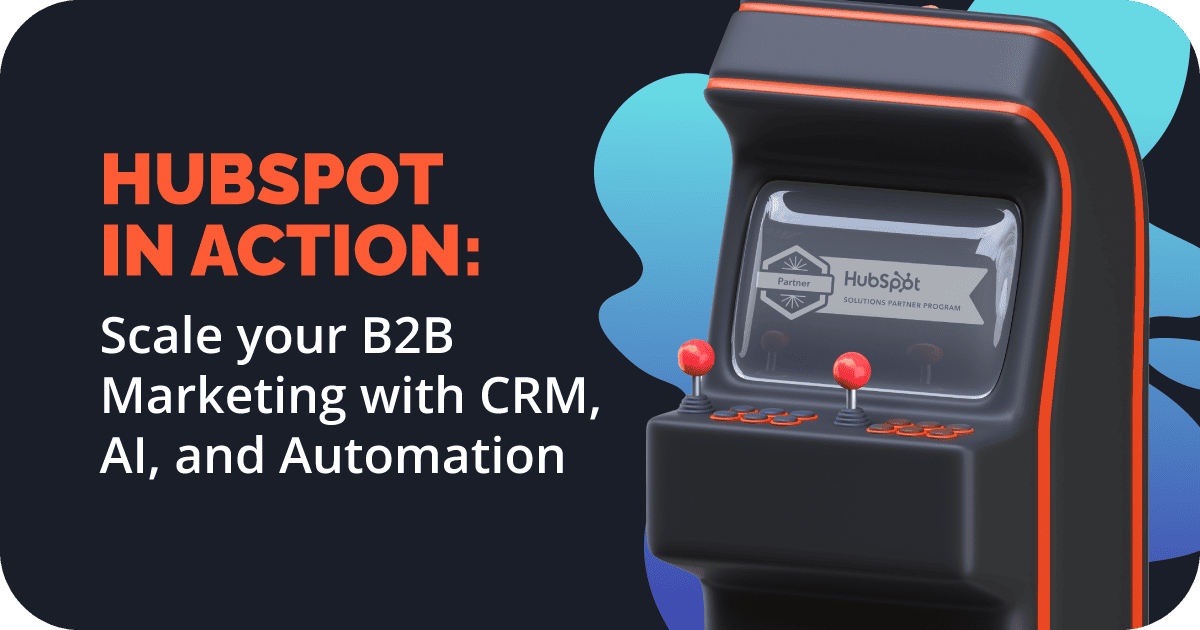
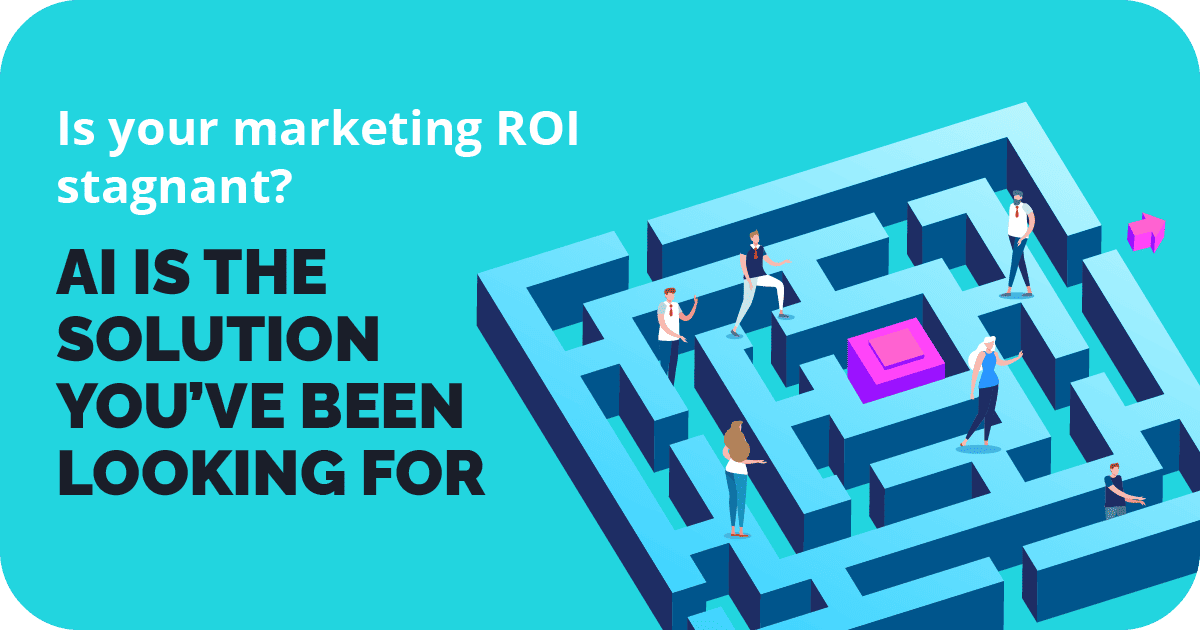
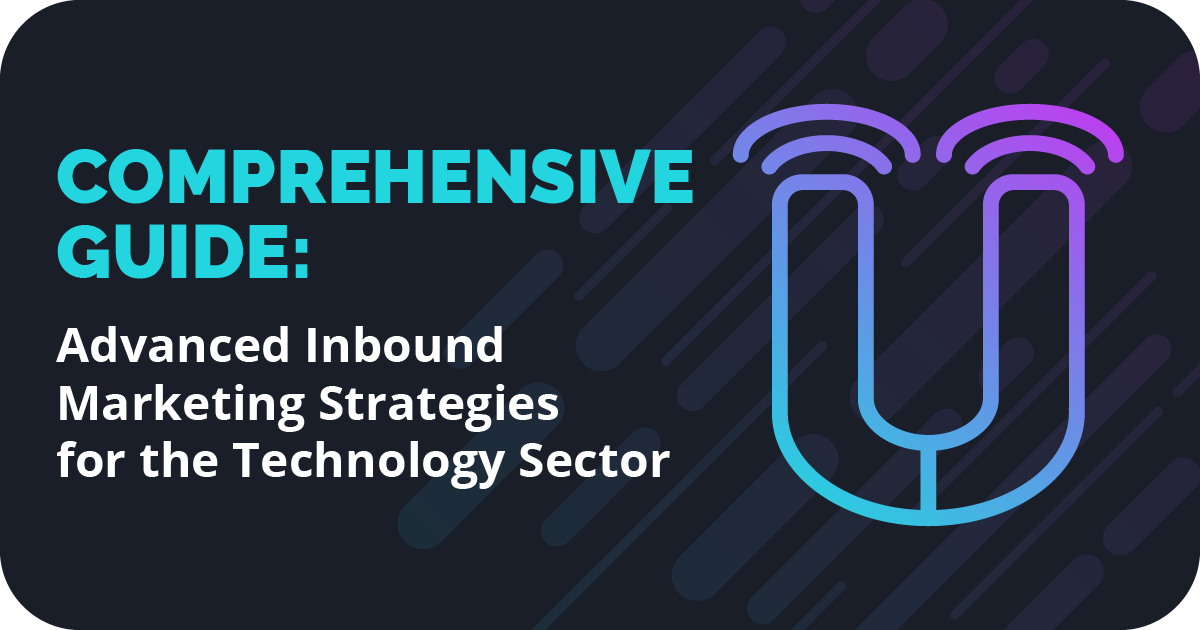
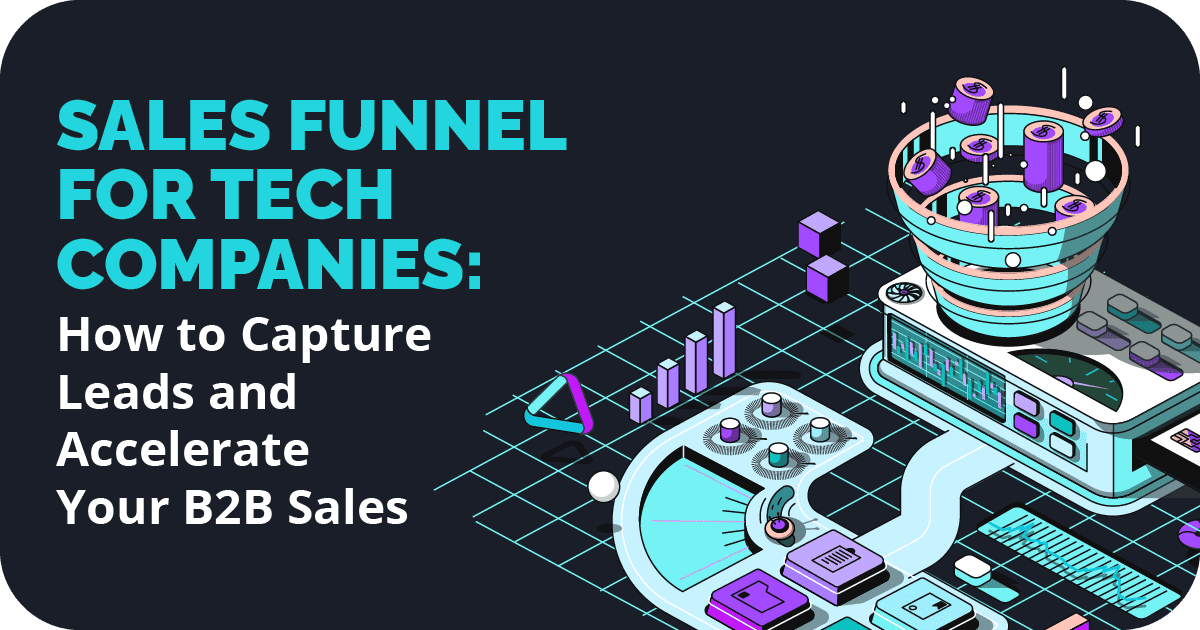
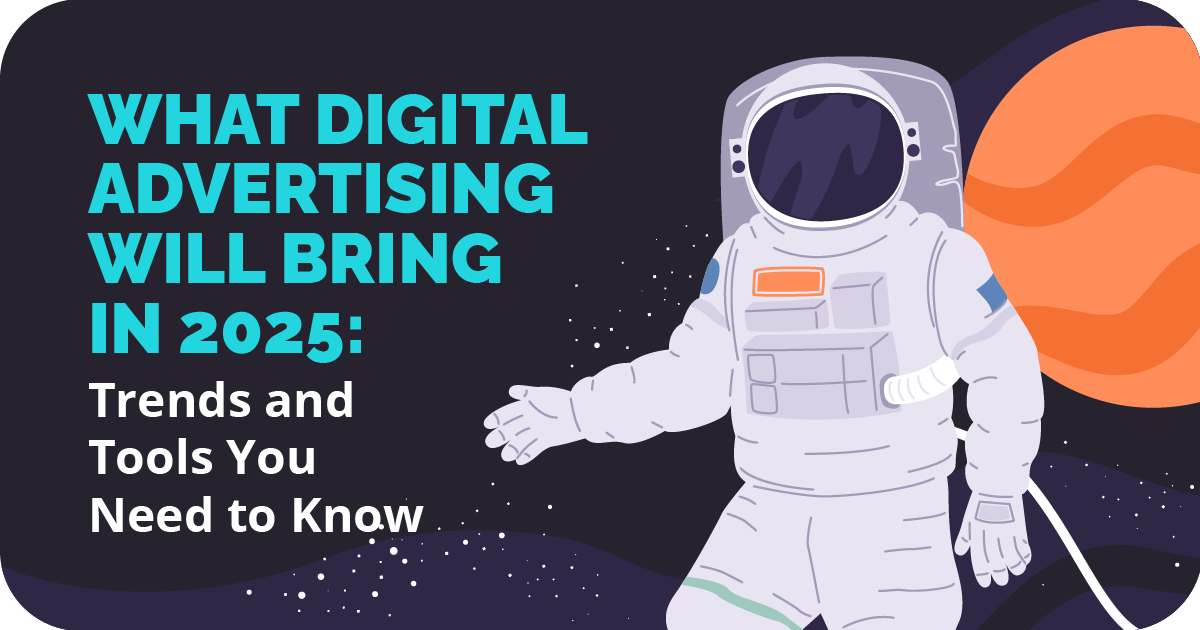
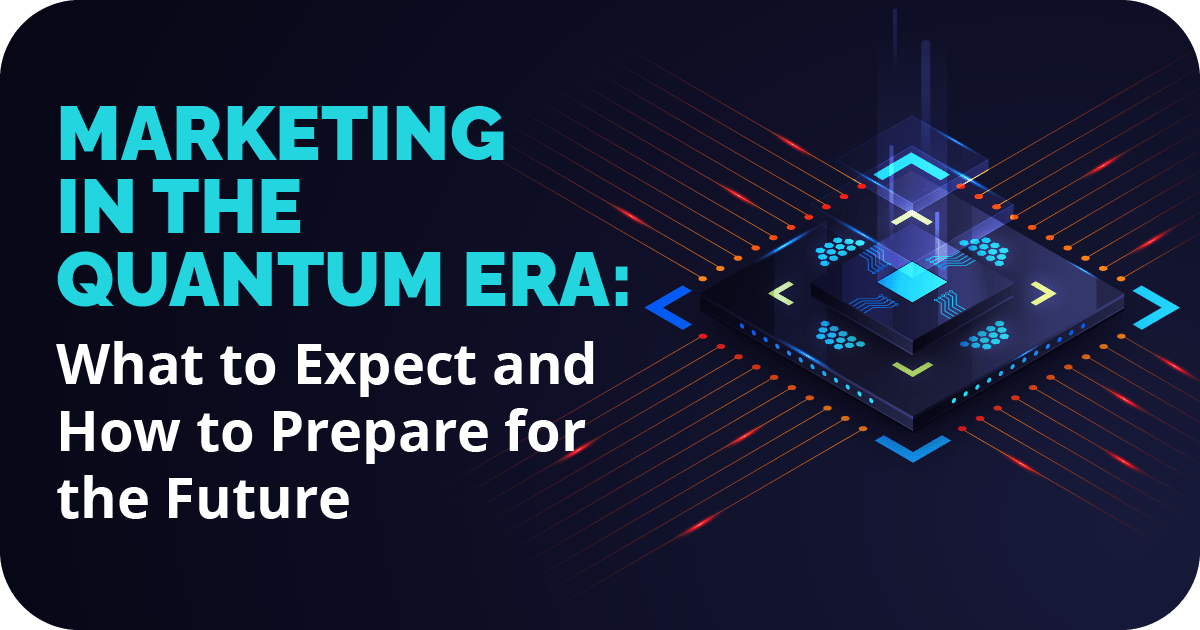




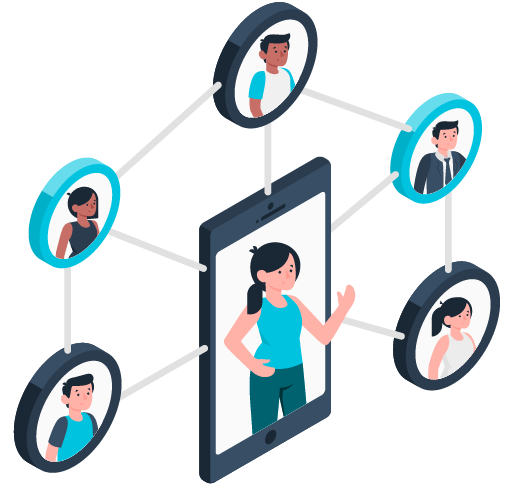



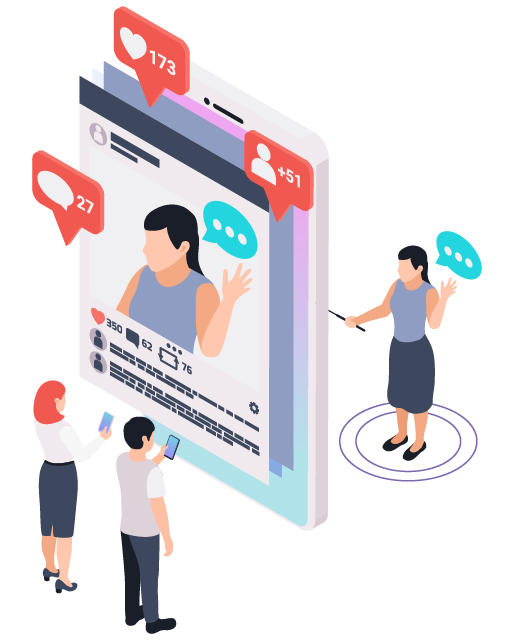


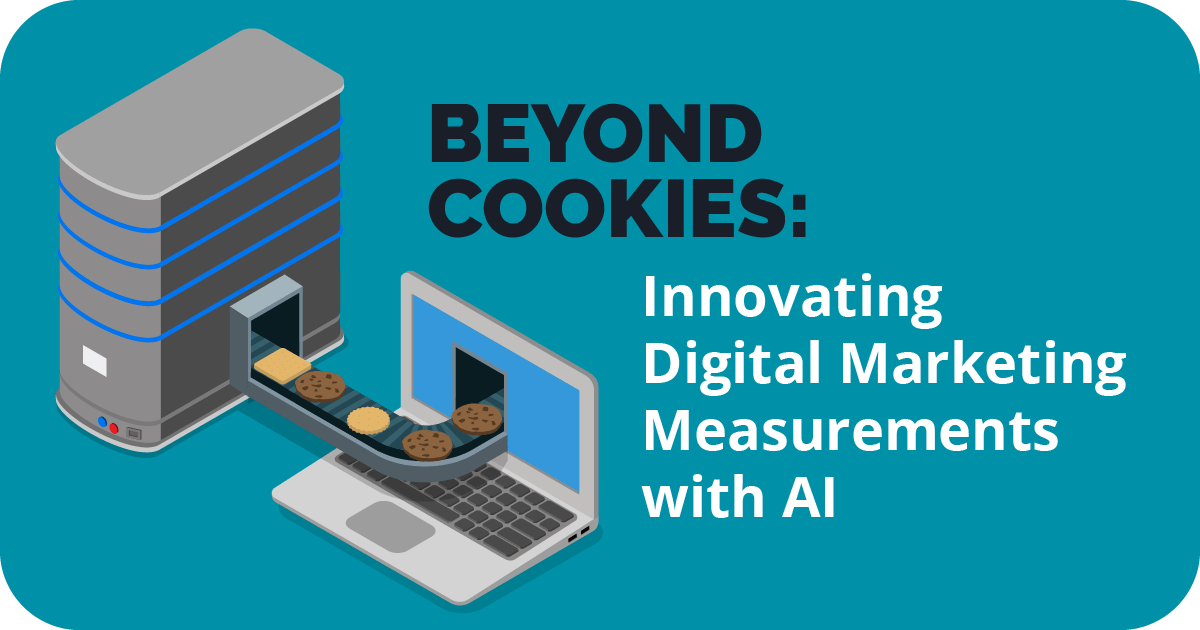





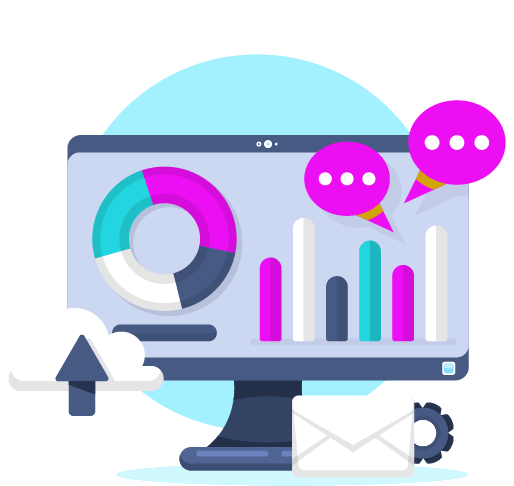
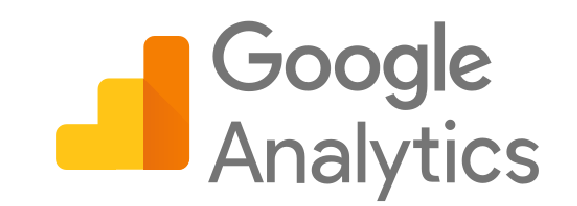





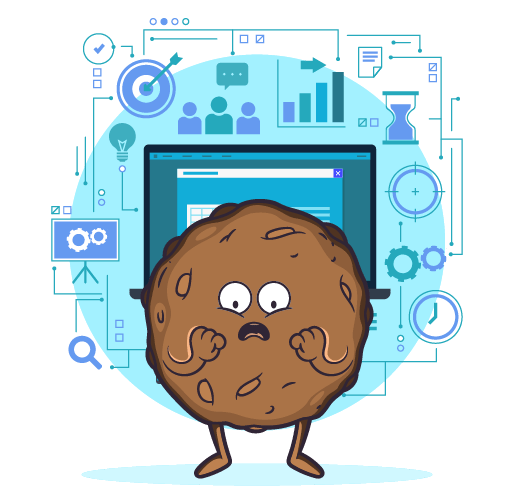
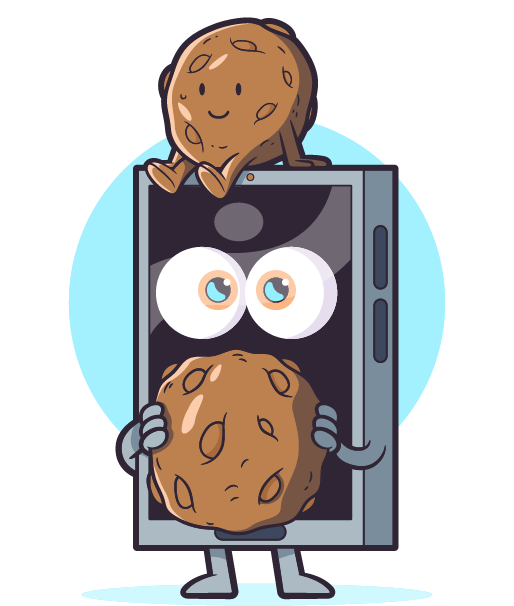
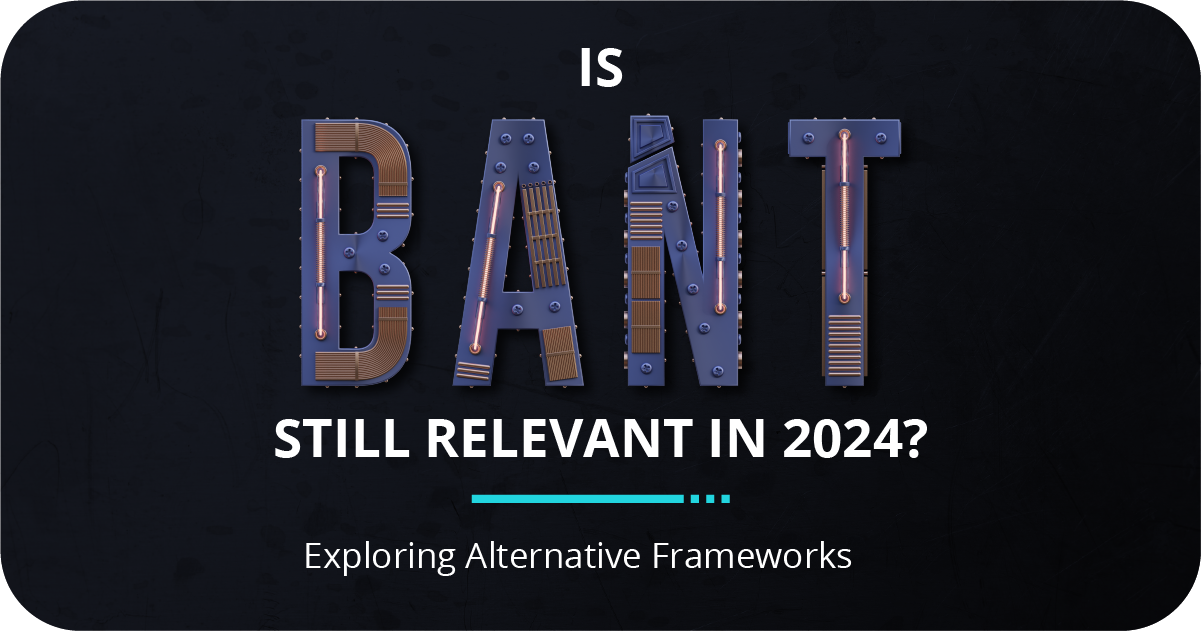
 In today’s fast-paced world of business-to-business (B2B) technology sales, the methods we use to find and support potential customers are always changing. BANT, a tried-and-true approach, has long been a key tool. Created by IBM, BANT helps sales teams figure out if a potential customer has the Budget, Authority to make a purchase, a Need for the product, and a suitable Timing. This approach has been essential for sales teams to determine if a prospect is likely to become a customer.
In today’s fast-paced world of business-to-business (B2B) technology sales, the methods we use to find and support potential customers are always changing. BANT, a tried-and-true approach, has long been a key tool. Created by IBM, BANT helps sales teams figure out if a potential customer has the Budget, Authority to make a purchase, a Need for the product, and a suitable Timing. This approach has been essential for sales teams to determine if a prospect is likely to become a customer.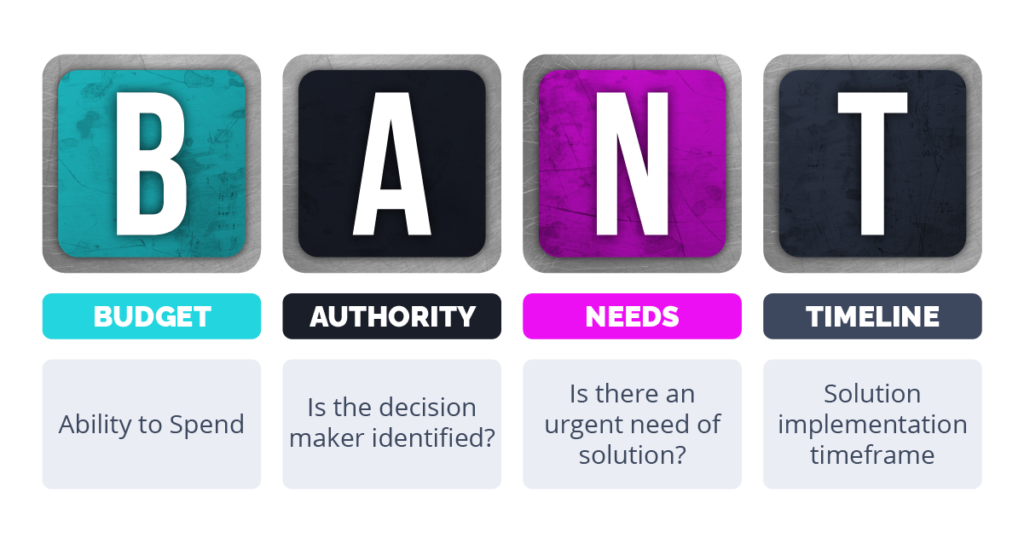
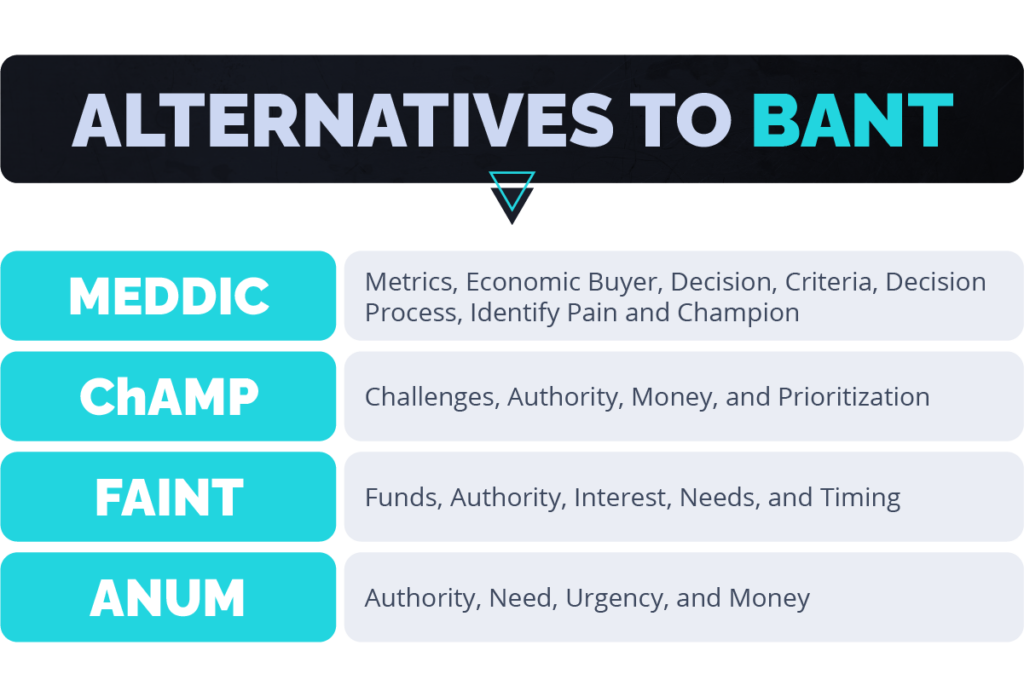
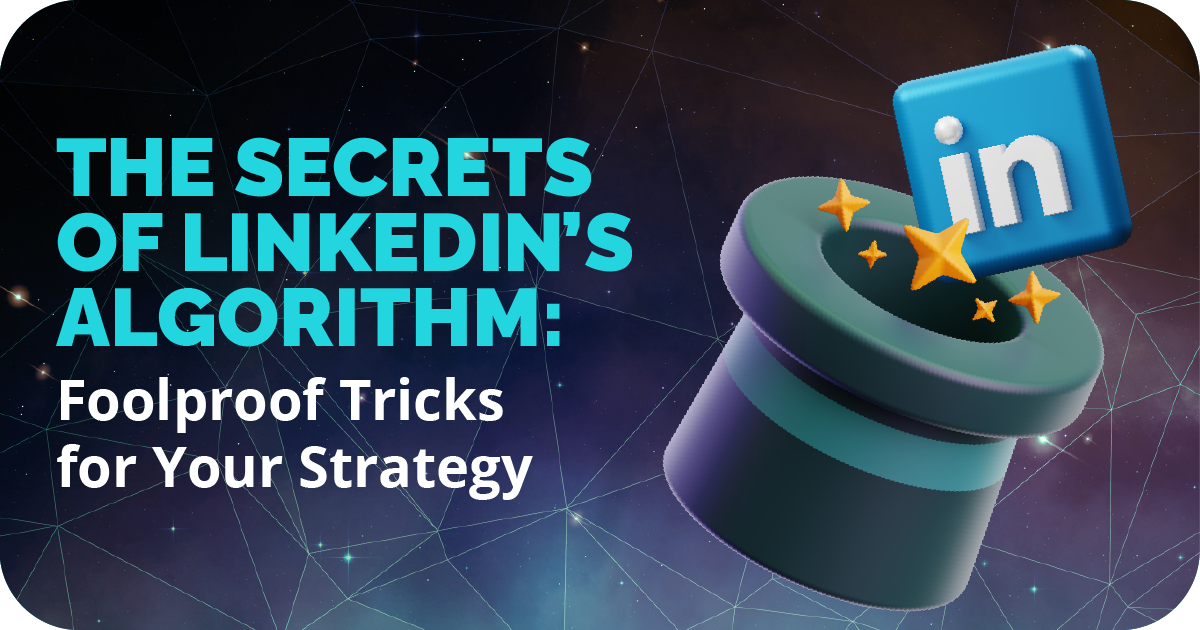

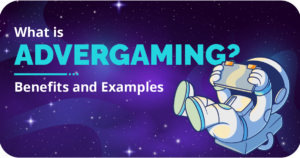




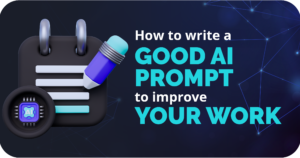


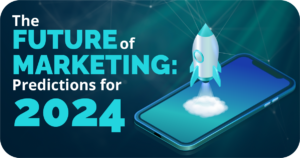



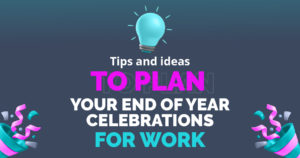 With the end of the year just around the corner, many companies are looking for special ways to thank their teams and celebrate their accomplishments. Year-end parties not only serve to bid farewell to the year that is leaving, but also to motivate and energize the team or allies for the year ahead.
With the end of the year just around the corner, many companies are looking for special ways to thank their teams and celebrate their accomplishments. Year-end parties not only serve to bid farewell to the year that is leaving, but also to motivate and energize the team or allies for the year ahead. 




